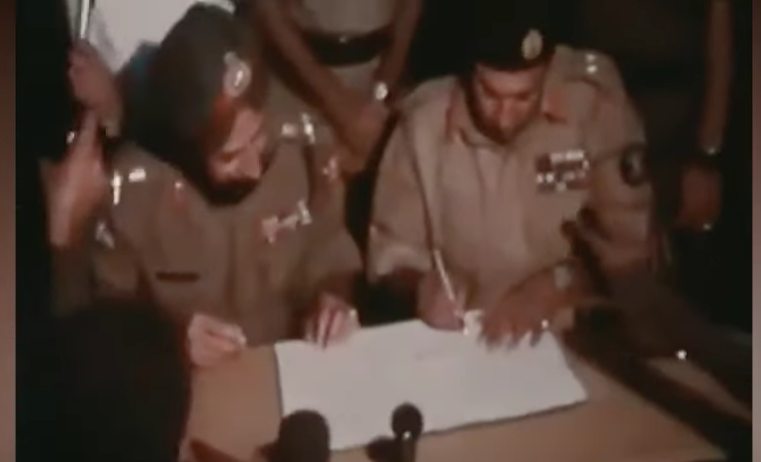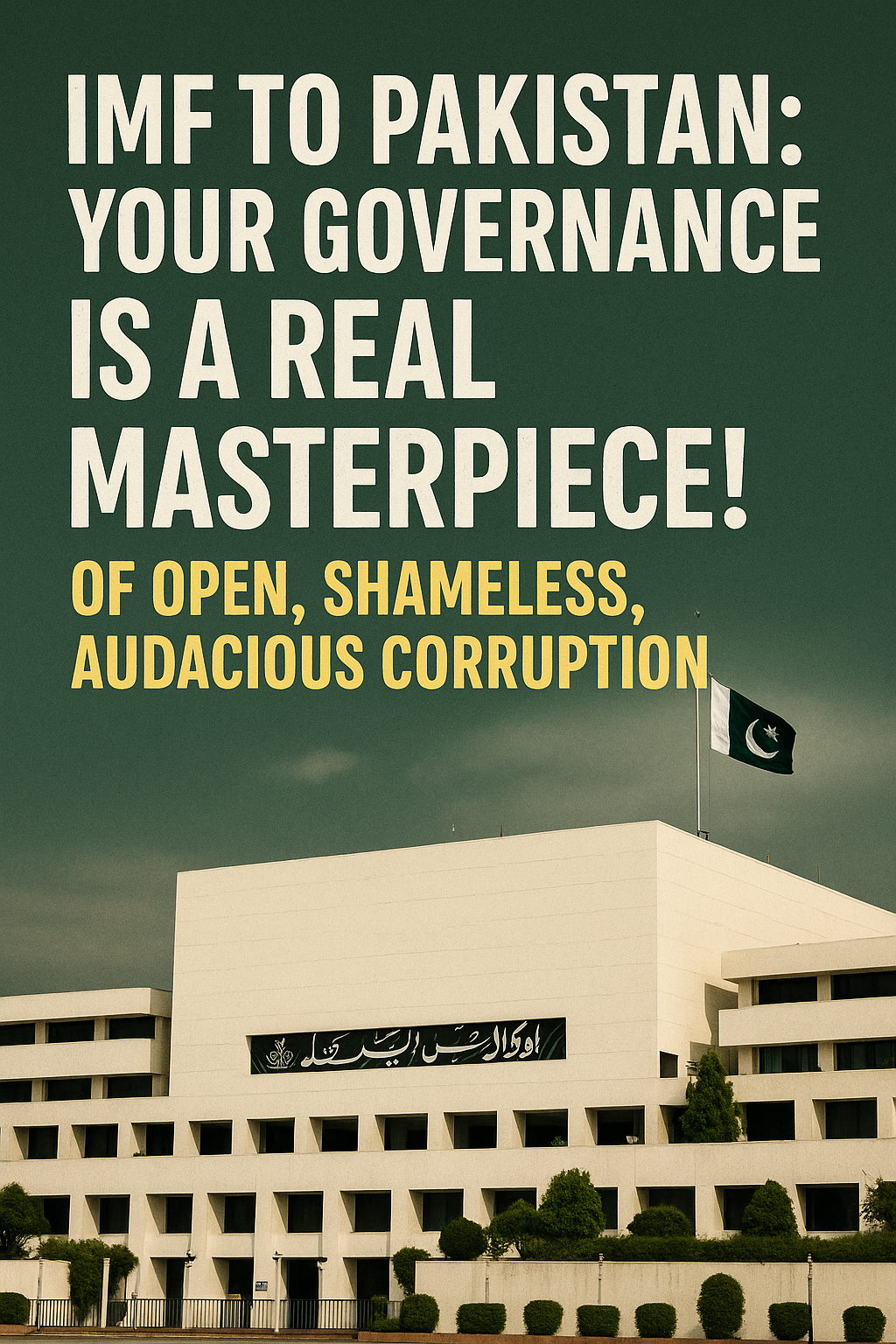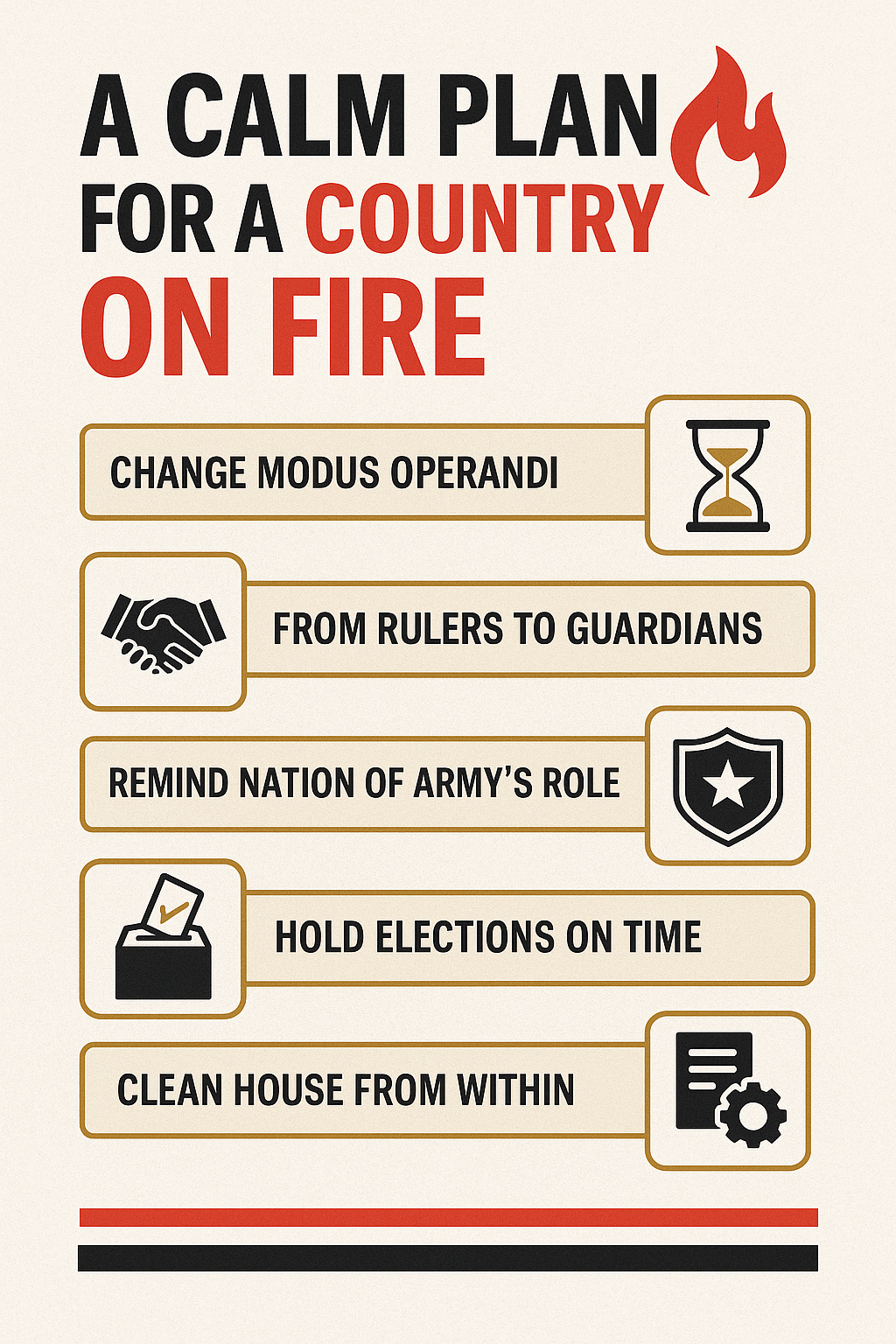1. The Moment of Reckoning
The year was 1971—a defining moment in the history of Pakistan. The fall of East Pakistan, leading to the creation of Bangladesh, was not just a military defeat; it was a moment of deep introspection for the nation. How did we get here? Who was responsible? Could this catastrophe have been prevented? To answer these burning questions, President Zulfikar Ali Bhutto set up the Hamoodur Rehman Commission, a tribunal led by Chief Justice Hamoodur Rehman, alongside Justices Anwarul Haq and Tufailali Abdur Rahman. Their task was simple yet monumental: uncover the truth about the military and political failures that led to Pakistan’s most humiliating surrender.
2. The Blunders That Led to Defeat
The Commission unearthed a series of shocking failures—failures that weren’t just military but also political and administrative.
Military Incompetence & Strategic Failures
Pakistan’s Eastern Command, led by General A.A.K. Niazi, was found guilty of poor judgment and leadership failure. The Commission highlighted how:
- Defense plans were inadequate and poorly executed.
- The high command underestimated the Indian military’s strategy and failed to counter the guerrilla warfare of the Mukti Bahini.
- Tactical errors led to overwhelming Indian advances, resulting in the disastrous surrender on December 16, 1971.
Political & Administrative Negligence
The seeds of disaster were sown much earlier. The political landscape was already fractured:
- The ruling authorities failed to achieve a political solution.
- The postponement of the National Assembly session deepened the divide between East and West Pakistan.
- The March 25, 1971, military crackdown further alienated the Bengali population, making reconciliation nearly impossible.
3. The Dark Reality: Atrocities & Human Rights Violations
Perhaps the most damning part of the report was its revelations about human rights abuses.
- The Commission documented widespread massacres, rapes, and violence against civilians.
- It exposed the indiscriminate use of force, leading to the deaths of thousands of innocent people.
- The inability to distinguish between rebels and civilians created a humanitarian catastrophe.
These findings painted a grim picture of the military’s role in deepening the crisis rather than resolving it.
4. The Guilty Men: A Failure of Leadership
The Hamoodur Rehman Commission did not hesitate to call out the top brass of the Pakistan Army and the government.
General Yahya Khan bore the brunt of the criticism:
- His indecisiveness worsened the crisis.
- His failure to seek a timely political settlement cost Pakistan dearly.
- His poor leadership created confusion and panic within the military.
The Commission also held other high-ranking officials responsible for corruption, inefficiency, and neglect of duty.
5. The Path to Redemption: What Could Have Been Done?
With such damning revelations, the Commission put forward strong recommendations:
- Accountability: Those responsible—especially senior military officials—should be tried and punished.
- Reform: A complete overhaul of the military and civil administration was necessary to ensure preparedness, discipline, and respect for human rights.
- Political Reconciliation: The government needed to prioritize dialogue over military action, engaging with the people of East Pakistan (now Bangladesh) to mend historical wounds.
- Transparency: The report recommended making these findings public so that the nation could learn from its mistakes.
6. A Silenced Truth: The Report’s Suppression & Impact
For nearly three decades, the findings of the Hamoodur Rehman Commission were kept secret. The report was considered too sensitive, too painful, and too damning. It wasn’t until 2000 that parts of the report were finally declassified, exposing the full extent of the failures.
The legacy of the report remains a crucial lesson in history. It stands as a reminder of how governance, military strategy, and political will must align to prevent national disasters. Even today, its recommendations on accountability, institutional reform, and political engagement remain relevant.
Watch my video on this topic at https://youtu.be/uYD9j6y0HFI?si=OLdOIZHBe4cHP-hp




Leave a Reply